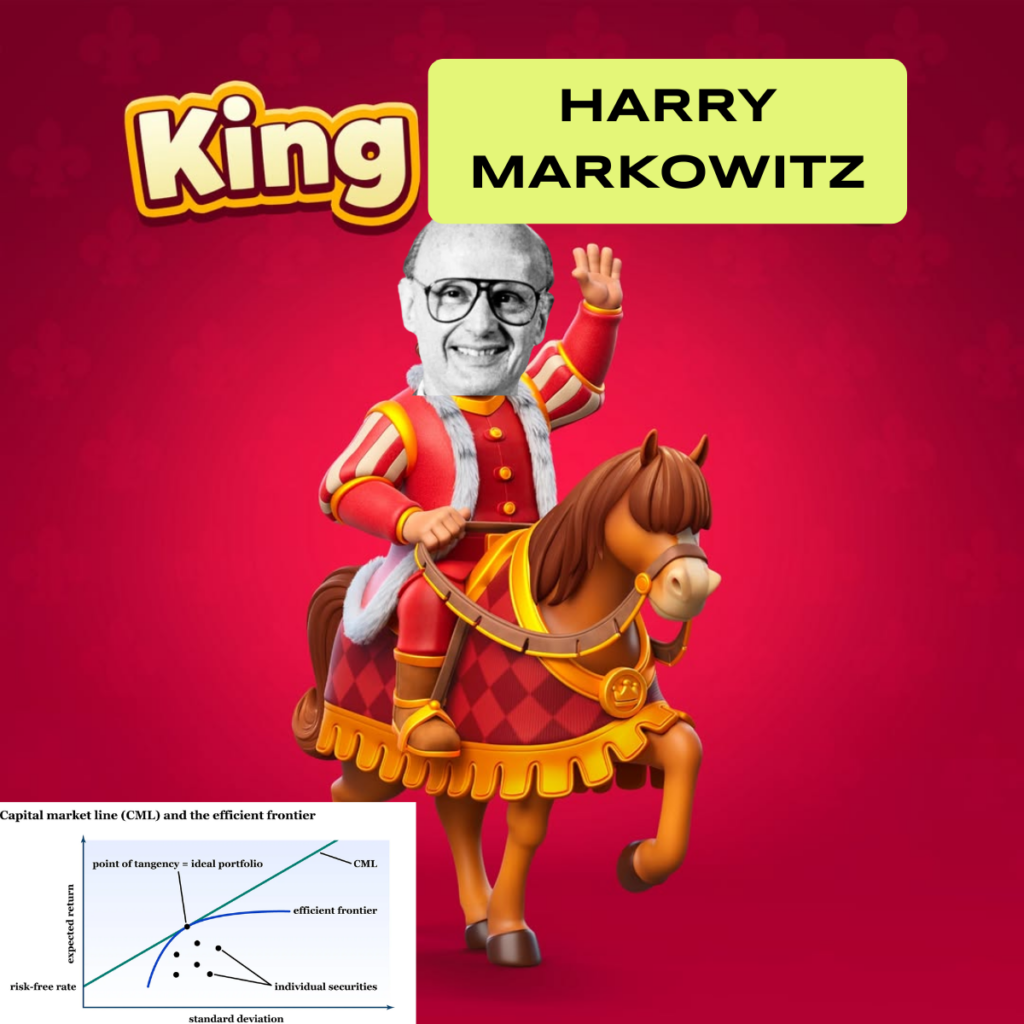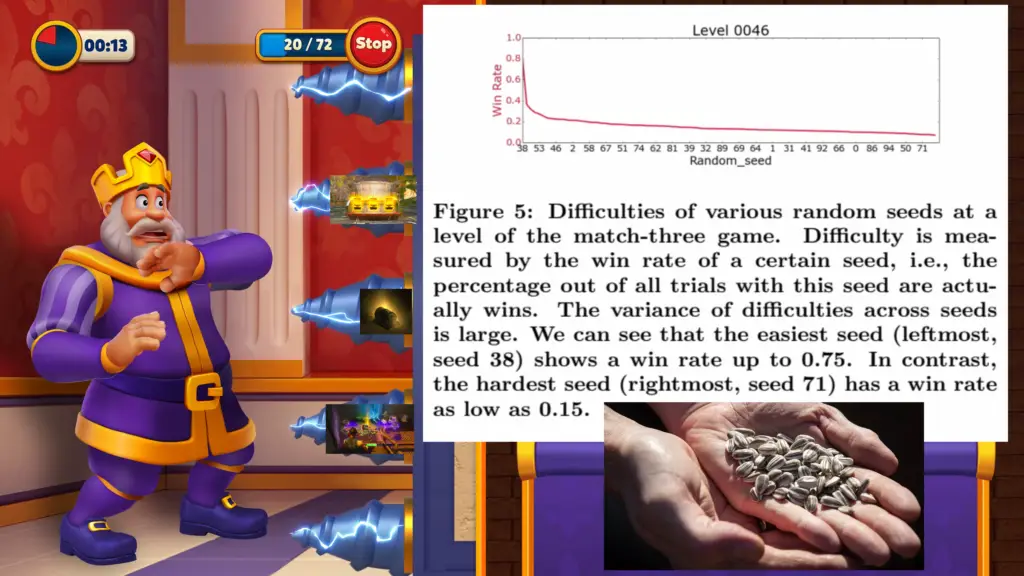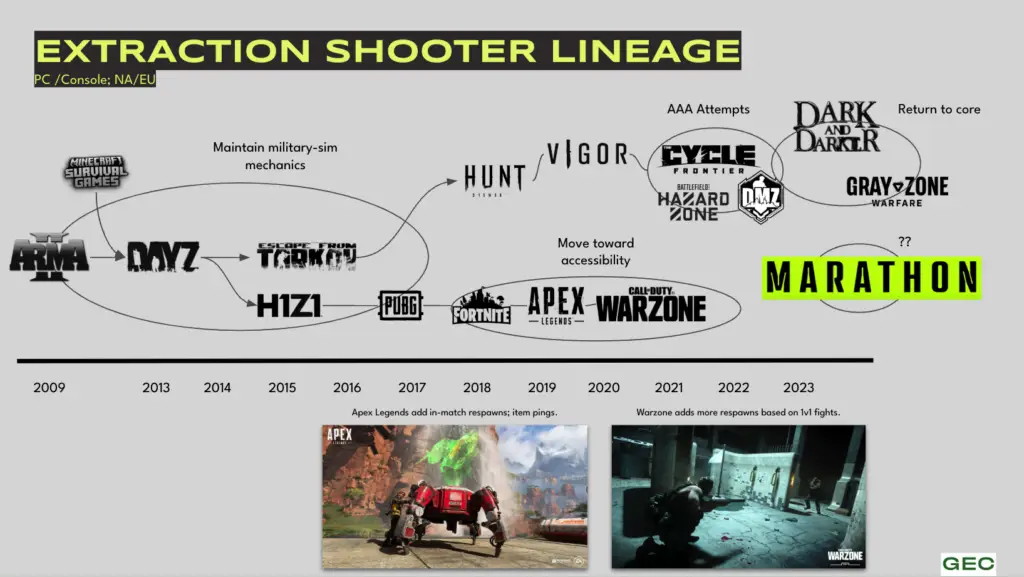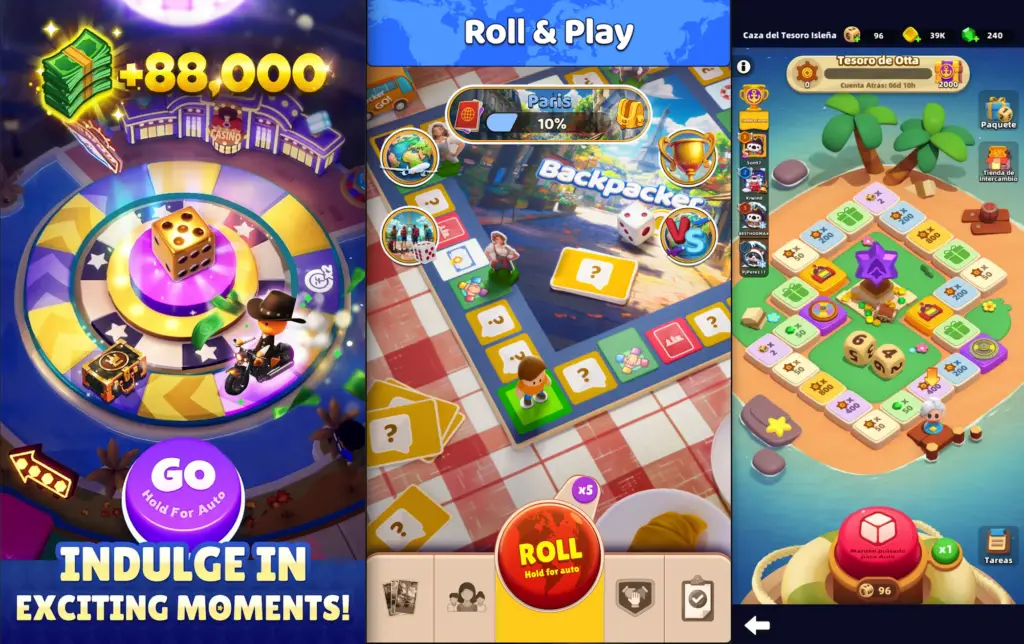Marvel Rivals numbers are in free-fall. The engagement bump from the latest season won’t reverse its decline toward equilibrium: potentially matching but not exceeding Overwatch’s audience size, which has since recovered from Rivals’ launch. Is that a “successful outcome”? It feels like a blow to the arms race hypothesis.
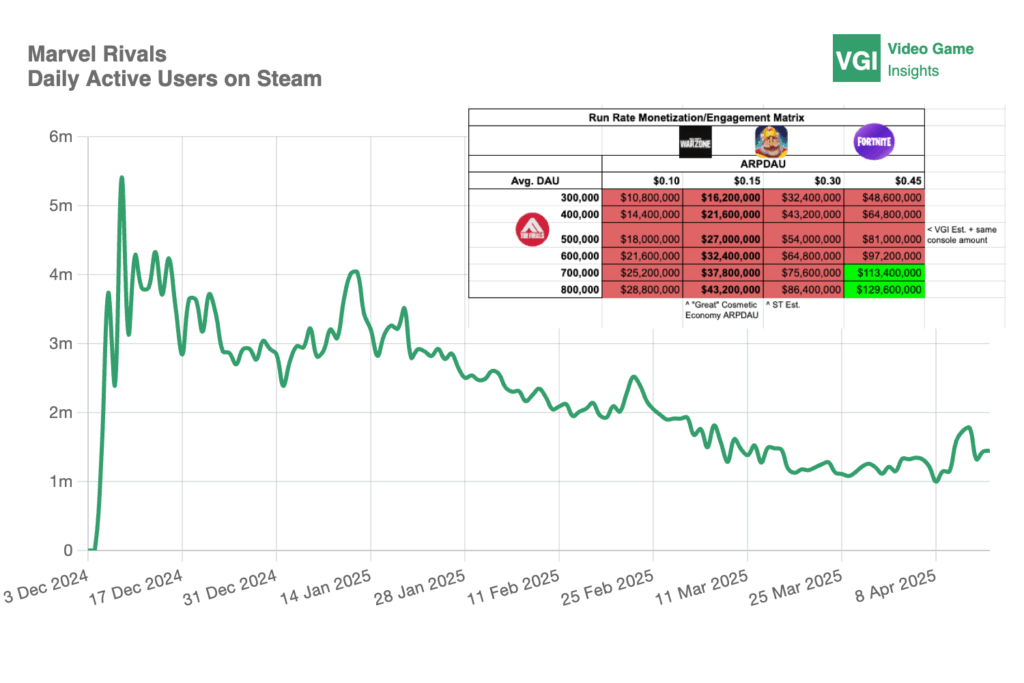
Chinese developers are releasing AAA content at a historically high pace and quality, yet the outcomes remain…complicated. Genhsin, Honkai, and Zenless Zone Zero (ZZZ) are massive capital endeavors with limping revenue tails. Genshin Impact’s mobile revenue alone dropped from over $100m monthly last year to around $30m this March. Genshin’s annual budget is reported to be ~$200m on 700+ headcount, so while the game remains a profit powerhouse, its margins are significantly shrinking, a trend consistent across the entire portfolio. Honkai and ZZZ are following a similar but quicker decline from their launches, and it’s unclear if those projects remain in the red.
(more…)

